Tag Archives: reviews
Rubell Family Collection: Highlights and Artists’ Writings, Volume 1
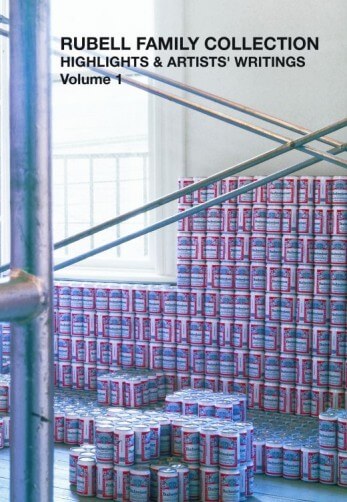
The Rubell Family Collection: Highlights and Artists’ Writings, Volume 1 was published to commemorate the Rubells’ fiftieth wedding anniversary and to mark the twentieth year that the collection has been open to the public. The book encapsulates a selection of 880 works from 250 artists represented in the collection. With more than 6,800 works by 832 artists to choose from, I do not envy that editing job.
Adler Guerrier: Formulating a Plot
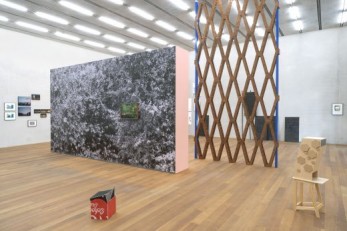
Lemon City, Lemon City becoming Little Haiti, Little Haiti becoming Little River. The Haitian-infused Miami neighborhoods present a state of flux, a city within a city encroached upon by new development interest while still establishing itself. A stunning photograph of a bush of fuchsia colored tropical flowers is offset by a road side at 62nd Street and NE 2nd Avenue in Miami, a site Adler Guerrier recognizes as a threshold between neighborhoods heavy with associations.
Fleeting Imaginaries
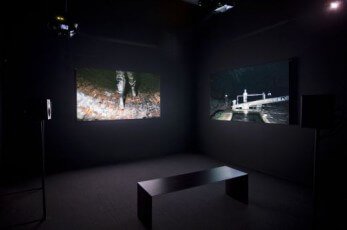
Fleeting Imaginaries is CIFO’s twelfth exhibition of artists funded through its granting program. The title describes the fluctuating, porous notion of a culturally specific sensibility, fitting for a show that brings together artists from seven different countries across Latin America, and yet the show is striking in its visual and conceptual cohesion. Seemingly chance coincidences of overlapping imagery and ideas occur repeatedly throughout the works in the show. Of course, the idea of a distinct cultural imagination is increasingly sublimated in a globally connected world characterized by diaspora and displacement. The problem with increasing interconnectedness is a reduction of linguistic and symbolic variation and hence a gradual homogenization of possible meaning in the face of creeping hegemonies.
A Portrait of Punk

Photographs and videos of the people who shaped Punk were recently on view at Ringling College’s Selby Gallery. Presented as joint exhibitions, Low Fidelity: Still Photographs by Bobby Grossman 1975-1983 recalled the style of a previous generation, and Underground Forces: Target Video 1977-1984 offered a time capsule of musicians and artists trying to establish themselves. Together, the exhibitions revealed how the movement continues to be affected by the way it’s represented.
GOLD
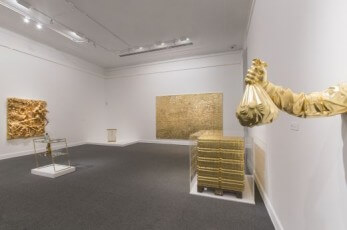
Curated by José Carlos Diaz for the Bass Museum of Art’s 50th anniversary, GOLD assesses the power, effect, and significance of gold through both literal and abstract approaches. The group show consists of 30 works from 24 multinational artists, all unified by the implementation of the precious metal in their pieces. Ranging from photography to sculpture to video, GOLD strengthens concepts of beautification, power, deception, perfection, ancestry, and divinity by encouraging viewers to question the capability of gold.
Robert Winthrop Chanler
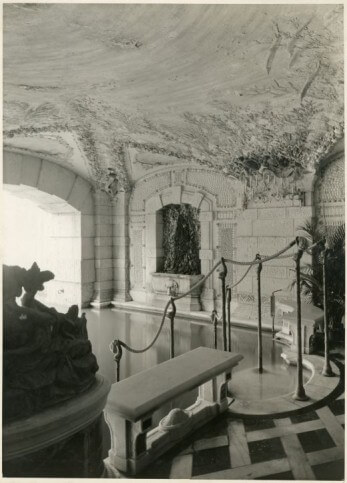
Ornate and extraneous, Robert Winthrop Chanler’s work at the Vizcaya Museum and Gardens can trace part of Miami’s history of wealth, patronage, and aesthetics that developed concurrently with its settlement. It also reminds visitors of South Florida’s almost immediate proclivity towards ostentation and decadence. Chanler was a descendant of some of New York’s most elite families (his mother was an Astor) and his artwork reflected the education he was able to attain, as well as the comfort within which he lived. He’s often characterized as an independent Modernist, someone who blended decorative, international style with fine art. The fantastical, exotic screens, murals, and architectural elements he created were distinct, and have remained unique from his peers. Despite the European avant-garde dominating the memory of the exhibition, Chanler had perhaps the largest American showing at the first Armory Show in 1913, which had particularly sought decorative artists.
Rafael Domenech: Time / Memory / Context

Memory has been at the core of human existence from time immemorial. Our fleeting presence seems to be at the root of a pressing need to seize life through memory and remembrance—the only way, apparently, to defeat time.
Caribbean: Crossroads of the World
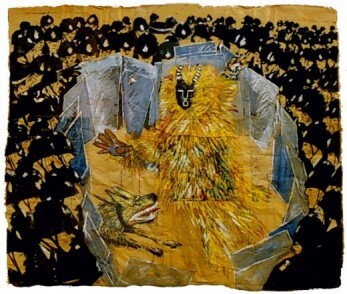
Caribbean: Crossroads of the World, offering a 200-year survey of visual culture from the Caribbean Basin, results from more than a decade of devoted work by curator Elvis Fuentes. Taking as its point of departure the Haitian Revolution (1791-1804)— a pivotal moment that changed the Caribbean’s dynamics with Europe—in the history of the area, the exhibition rejects the reductionist and extended chronological vision of a place where the coexistence, persistence, and overlap of different historic eras is one of the most outstanding endogenous characteristic.
Walkin’ in the Sand with Beach Day

The first time I saw Beach Day perform was from the periphery of a sweaty mosh pit at Gramps Bar in Wynwood, where the band opened up for pop-punk icons the Thermals. Skate videos showing epic, painful wipeouts ran continuously on loop, projected against the side of an adjacent building. A haze of pink lighting enveloped the trio, tempered only by a few Christmas lights slung sparsely and haphazardly inside the small performance tent. When slender lead singer Kimmy Drake introduced herself as “just a Kendall girl,” referring to the blasé Miami suburb known mostly for its Barnes & Noble, audience members stirred restlessly. But then she froze the crowd with vocals that would’ve made Jack White, Kim Deal, and Phil Spector each nod their heads in tacit, rhythmic, hypothetical approval.
FALL 2014 RELEASE PARTY
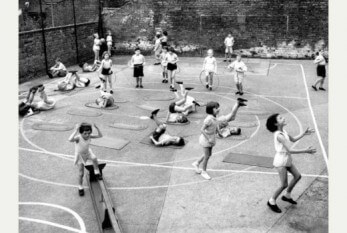
Saturday September 13, 2014 7-10 PM
Locust Projects 3852 N Miami Ave, Miami, FL 33127
Please join us as we celebrate our tenth issue including a special print-only Miami insert!
